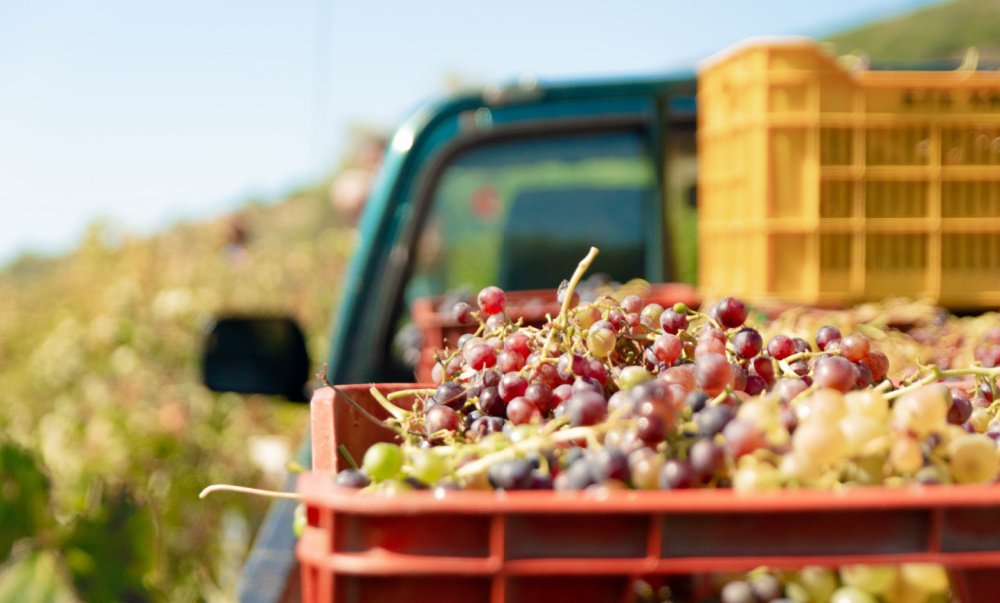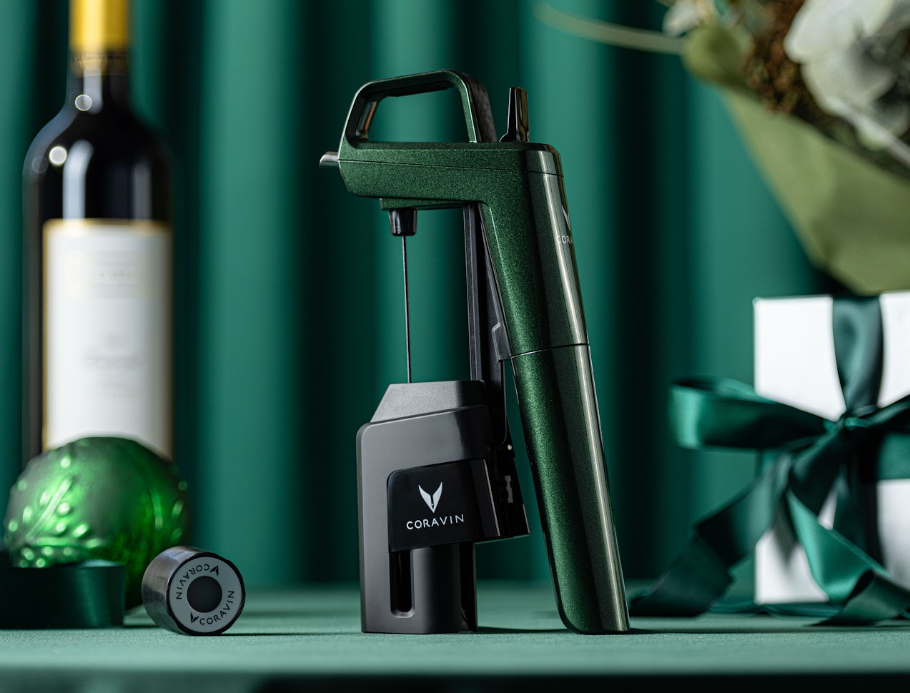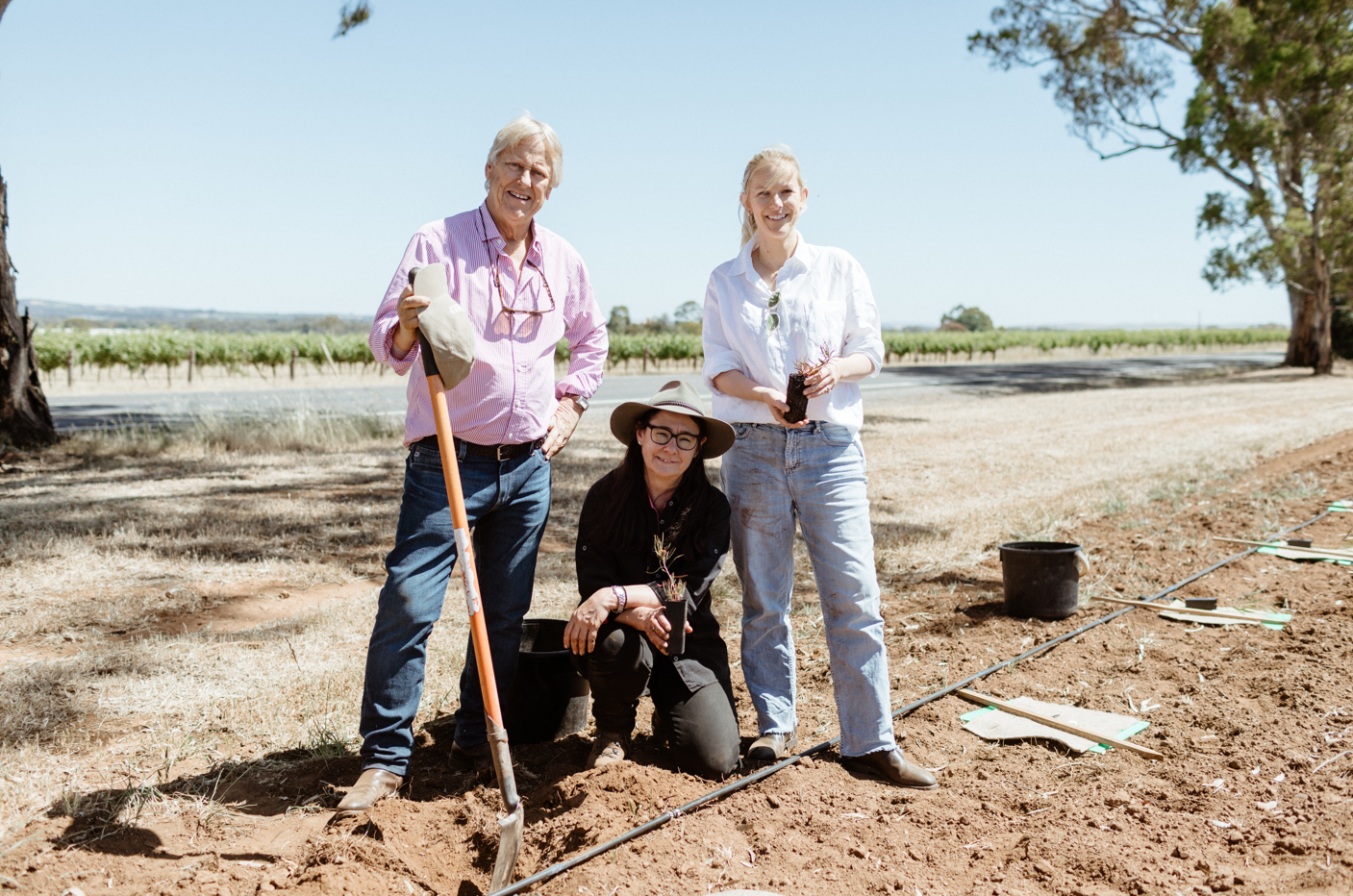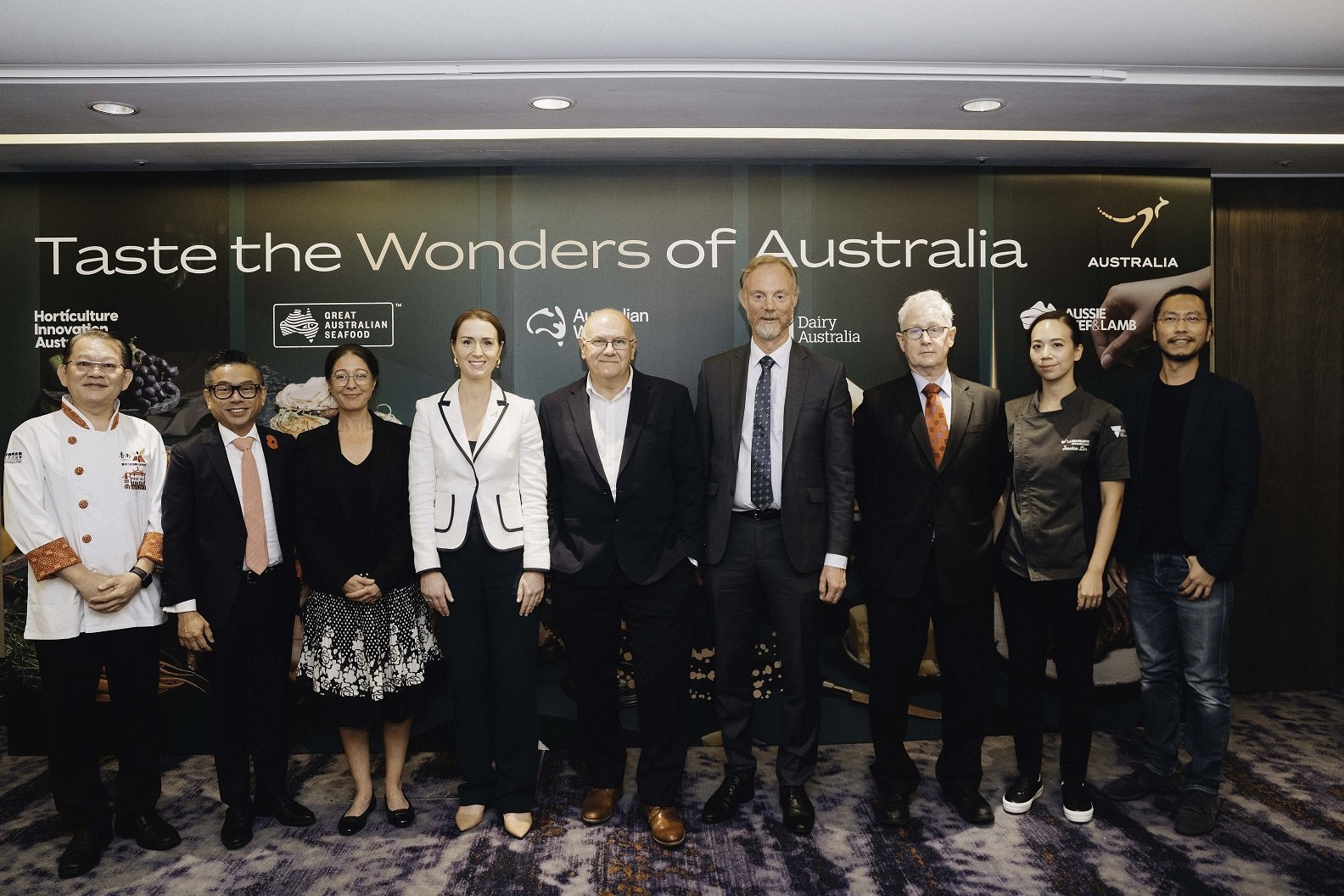Rabobank’s Wine Quarterly Q3 2023 report released today reveals the Australian wine industry is facing a chronic oversupply, mainly due to China’s anti-dumping tariffs imposed in March 2021.
The recent removal of Chinese tariffs on barley has the wine industry hopeful of a trade relation resolution. However, according to the Rabobank report, even if the Chinese embargo is lifted this year and Chinese consumption recovers quickly, this would “not be a panacea”.
China’s red win obsession drove Australia’s wine industry in the late 2010s, and production growth to meet demand was met with a perfect storm of Chinese tariffs and post-COVID logistical issues, leading to a disastrous oversupply decreasing export value of 33 per cent over the past two years.
Pia Piggott, Report Author and Associate Analyst at RaboResearch, said global wine imports to China grew at an impressive 18 per cent compound annual growth rate (CAGR) in the decade up to 2017, making China a top five wine importer.
“In the four years following the China-Australia Free Trade Agreement in 2015, the tariff on Australian wine reduced from 14 per cent to zero per cent, helping to double Australia’s market share in China from 12 per cent to 24 per cent,” she said.
At its peak, China made up 18 per cent of Australia’s export volume and 40 per cent of export value, but that all ended in 2021.
“When a slew of Chinese anti-dumping tariffs and soft bans hit various products exported by Australia in 2020/2021, wine took the most notable hit, losing about one-third of export value from its peak in 2019.
“Unluckily, the tariff coincided with an exceptional growing season and Australia’s largest crush on record. Wine production for the ’21 vintage increased 36 per cent year on year, which would have, in any case, caused an oversupply.
“This coincided with COVID, logistics bottlenecks and inflation, which were major hurdles in the way of plans to grow and diversify exports. Thus, two plus years into the tariff, prices of Australian commercial red grapes have significantly declined, and oversupply issues remain,” she said.
Currently, the oversupply measures 859 Olympic swimming pools worth of wine in storage. “That’s over two billion litres of wine or over 2.8 billion bottles of the wine,” said Piggott.
While the oversupply is bad news for the industry, it’s a coup for consumers with prices remaining depressed, particularly for Australian red varieties, although the next five years will likely prompt a rationalisation of assets industry-wide.
“For wineries, particularly those selling commercial wine, stocks will remain high for some time as businesses slowly work through selling inventory. While some brands have increased bulk shipments and been able to heavily discount stock, this will need to continue for some time to rebalance the market,” said Piggott.
Stay up-to-date with the latest industry news with the Drinks Trade e-newsletter.
Share the content










